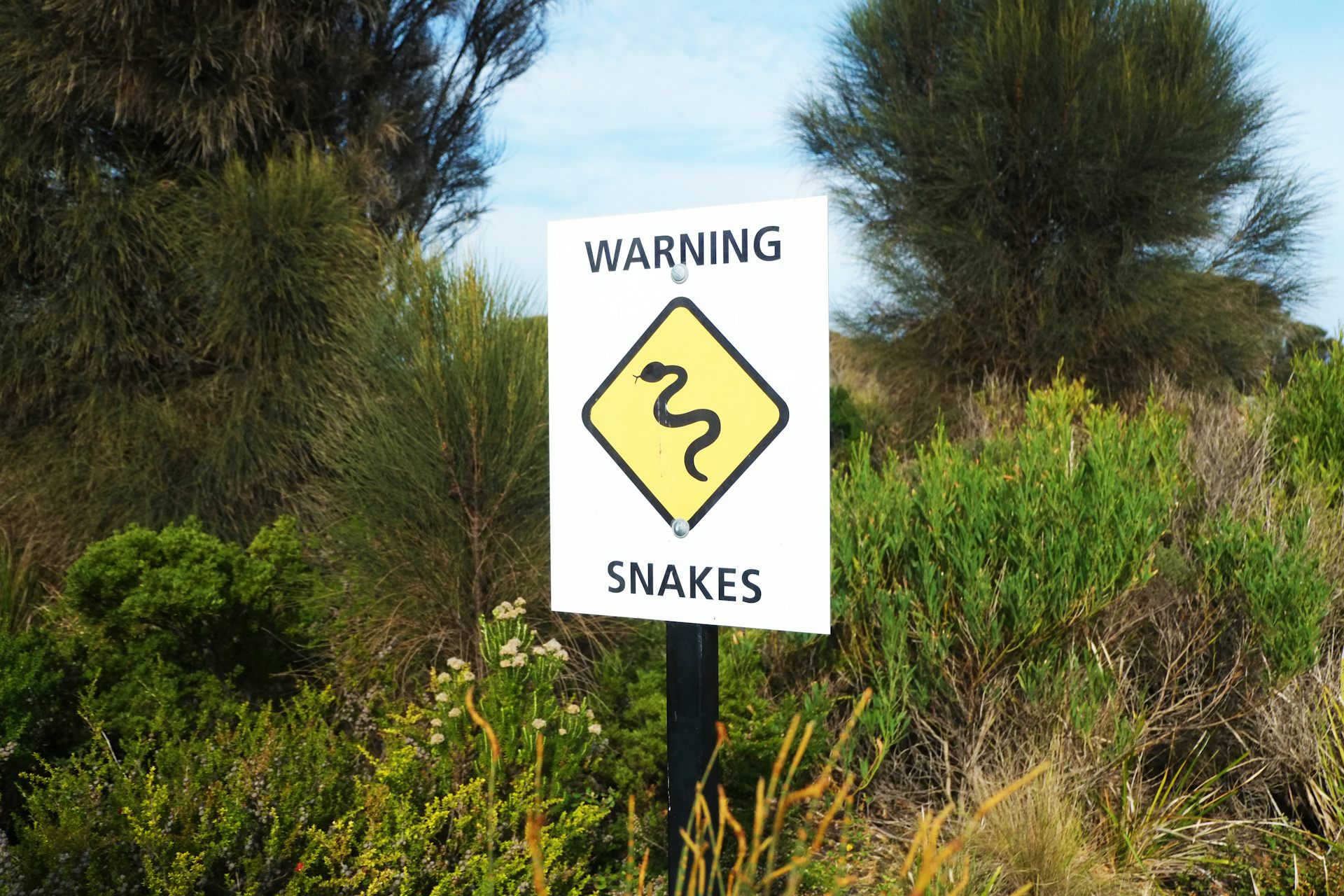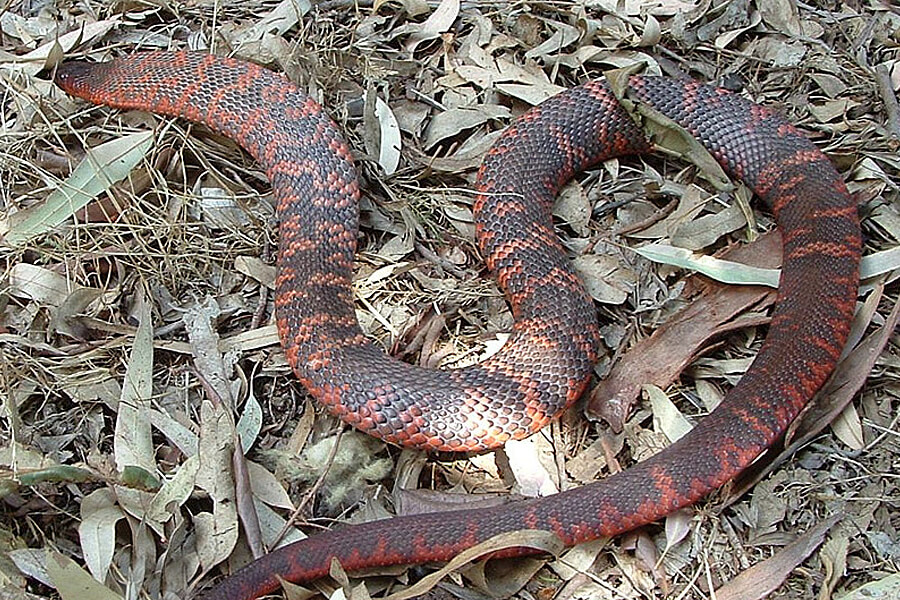Introduction
Tiger serpents (Notechis scutatus) are among the most remarkable yet feared reptiles discovered in Australia. With their striking appearance Red-bellied Black Snake and powerful poison, these serpents stimulate a mixture of wonder and care. Observing tiger serpents in their natural environment can be an electrifying experience for nature fanatics, wildlife photographers, and researchers alike. However, it's essential to approach this venture with respect for the animal's habitat and an understanding of safety measures to prevent serpent bites.
In this extensive overview, we'll discover exactly how to securely observe tiger serpents in their all-natural environment. We will certainly cover topics ranging from recognizing their actions and environments to first aid for serpent attacks-- outfitting you with understanding to boost your experience while minimizing risks.
What is a Tiger Snake?
Tiger serpents are very poisonous serpents belonging to Australia, especially Tasmania and coastal areas. They are known for their unique grouped pigmentation looking like a tiger's stripes, which can vary from yellowish-brown to dark brown or even black.
Physical Characteristics
Tiger snakes are medium to large-sized serpents that can mature to 2 meters long. Their bodies are robust, and they have a wide head that is distinctly bigger than their necks.
Habitat Preferences of Tiger Snakes
These reptiles usually live in marshes, tidewaters, and coastal regions but can likewise be found near freshwater sources like rivers and lakes. Comprehending where these serpents live is crucial for anyone looking to observe them safely.
Understanding Tiger Serpent Behavior
Are Tiger Snakes Venomous?
Yes, tiger snakes are among one of the most venomous serpent species worldwide. Their poison consists of neurotoxins that can result in major medical difficulties if bitten.
Behavioral Traits
Tiger snakes are generally reluctant animals; they favor to prevent human communication. Nonetheless, they can come to be hostile if endangered or collared.
Where Can You Find Tiger Snakes?
Tiger Serpent Habitat Exploration
To securely observe tiger serpents in their all-natural habitat, it's necessary first to recognize where they prosper. They often tend to favor:
- Coastal marshlands Mangroves Swamps Riverbanks
Best Areas for Observation
Some advised locations consist of:

- Tasmanian wetlands The shorelines of southern Australia National parks with water bodies
Safety Precautions Prior to Observing Tiger Snakes
Understanding the Threats of a Tiger Snake Bite
Although encounters with tiger snakes can be exhilarating, understanding the threats involved is extremely important:
Recognize signs and symptoms of a serpent bite: swelling at the website, pain emitting from the bite area. Know emergency situation calls: Familiarize on your own with neighborhood emergency situation services. Carry a first-aid kit particularly geared up for serpent bites.First Help for Serpent Bites: What You Required to Know
Knowing what steps to take if bitten might conserve your life or another person's:
- Stay tranquility; movement enhances poison spread. Call for medical aid immediately. Do not apply ice or attempt suctioning.
How to Securely Observe Tiger Snakes in Their All-natural Habitat
When you decide to observe tiger snakes in the wild:
Dress Appropriately: Use long trousers and strong boots. Use Binoculars: Keep a safe range while observing these reptiles. Avoid Abrupt Movements: Quick movements may stun them. Stay on Developed Trails: Stay clear of wandering into dense underbrush where exposure is low.Equipment Needed for Observation
Essential Gear Checklist
- Binoculars First-aid set specifically developed for snake bites Field guidebook on Australian reptiles Camera (with zoom capability)
Snake Bite Emergency treatment Kit Essentials
A well-equipped emergency treatment set should consist of:|Thing|Objective|| -------------------------------|-------------------------------|| Compression bandage|To immobilize the afflicted location|| Antihistamines|For allergic reactions|| Emergency contact numbers|Quick accessibility throughout emergency situations|
Interpreting Tiger Snake Signals
Understanding just how tiger snakes interact with body language helps onlookers assess when it's secure or dangerous:
Australian snake distributionCommon Behaviors
Defensive pose: If coiled or elevated off the ground. Retreating behavior: When they slowly back away from potential threats.Dealing With Possible Encounters
Even with safety measures taken, an encounter might still take place during your monitoring trip:
Remain calmness; worrying just heightens risks. Slowly retreat without turning your back on the snake. Make your existence known vocally but avoid sudden movements.
Frequently Asked Inquiries About Tiger Snakes
1. What ought to I do if I see a tiger snake?
Remain calmness; observe from a distance without troubling it.
2. Are baby tiger snakes dangerous?
Yes, adolescent tiger snakes are born venomous and may position threats similar to adults despite being smaller.
3. Exactly how typical are tiger serpent bites?
While events take place yearly in Australia, fatalities are unusual as a result of punctual therapy availability.
4. Can I maintain a tiger snake as a pet?
Keeping wild tiger serpents as family pets is unlawful in several areas because of preservation laws.
5. What does a tiger snake bite appearance like?
Bite marks typically show 2 puncture injuries in addition to local swelling and discoloration.
6. How reliable is antivenom?
Antivenom therapy is highly reliable when carried out timely after a bite.
Conclusion
Observing tiger snakes in their natural environment uses a thrilling chance for wild animals fans but need to be approached with caution and regard for both the animal and its setting. By equipping yourself with knowledge regarding these interesting reptiles-- consisting of recognizing their behaviors and safety measures-- you can enjoy unforgettable experiences while dramatically are eastern brown snakes venomous lowering dangers connected with encounters.


In recap, constantly focus on safety by preparing appropriately before starting any type of wildlife observation exploration-- particularly when handling several of nature's most poisonous animals like the tiger snake!